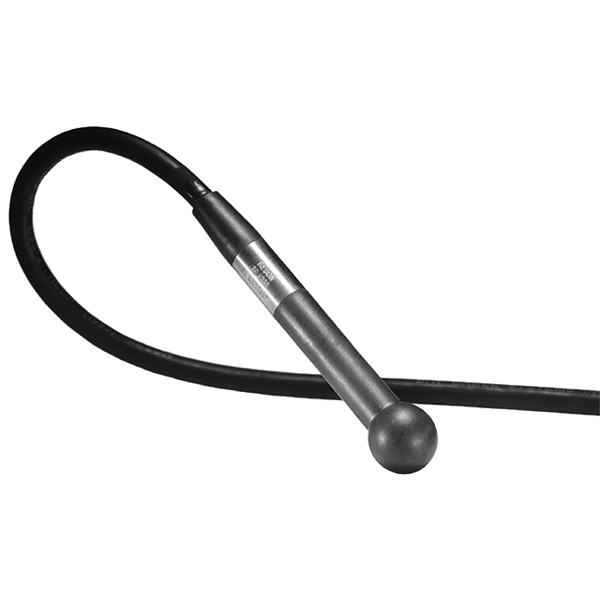Robust Spherical Reference Hydrophone
The TC4033 provides uniform omnidirectional characteristics within the full frequency range of 1Hz to 140kHz.
The typical sensitivity of -203dB re 1V/μPa and the capacitance of 7nF ensure an excellent signal to noise ratio, thereby allowing TC4033 to be used with extension cables with only a limited reduction in sensitivity.
The TC4033 offers excellent acoustic characteristics and durability, which makes it ideal for a wide range of applications and for calibration purposes.
NBR means Nitrile Rubber
The NBR rubber is first of all resistant to sea and fresh water but also resistant to oil. It is limited resistant to petrol, limited resistant to most acids and will be destroyed by base, strong acids, halogenated hydrocarbons (carbon tetrachloride, trichloroethylene), nitro hydrocarbons (nitrobenzene, aniline), phosphate ester hydraulic fluids, Ketones (MEK, acetone), Ozone and automotive brake fluid.



